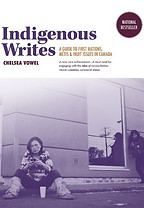Guidelines
Educators and community members can be fearful of integrating Indigenous Ways of Knowing into the classroom, or their organization for many of reasons. To some, it is the fear of the unknown, not knowing where to begin, fear of repeating historical un-just interpretations and practices, or engaging in cultural appropriation.
The following suggestions can assist Educators, and Community members in integrating Indigenous content into the classroom (EdCan, 2020):
-
Avoid acting, dressing, or doing activities that can produce a cultural stereotype.
-
Teach about culture, but don’t practice culture in the classroom. Please invite local Indigenous people to help and do this for you.
-
Avoid misusing cultural artifacts, or items of significance.
-
Do not appropriate a culture as your own, not even as a demonstration. And,
-
Try to view the information, history, and content from a different lens, for example from an Indigenous perspective, ask yourself, “if I were a member of this group, could I be offended?”
For those that have any doubts, please consult a Indigenous liaison at your school or community, or a trusted Indigenous community member.
To read more about best practices, please see the following articles:
-
Truth and Reconciliation in Your Classroom
https://www.edcan.ca/articles/truth-reconciliation-classroom/
-
Appropriate Use of Indigenous Content
-
10 Things Teachers Should Never Do When Teaching Native Kids
Helpful Books for further insight
Indigenous Writes: A guide to First Nations, Metis & Inuit Issues in Canada
Indigenous Storywork: Educating the Heart, Mind, Body, and Spirit

